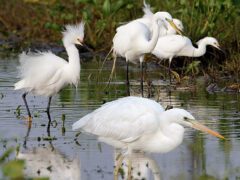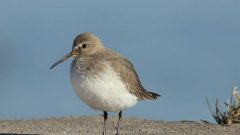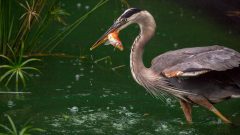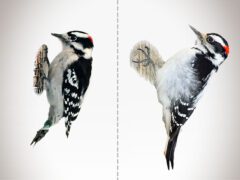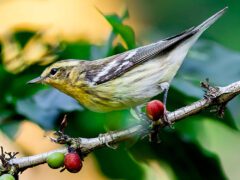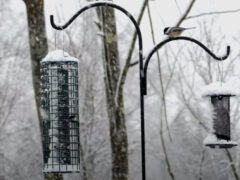Great Egret Photo Gallery
Adult
Long-legged wading bird with a long, S-curved neck and a daggerlike bill.
© Alex Lamoreaux / Macaulay LibraryPennsylvania, August 17, 2016Breeding adult (American)
"American" Great Egrets occur across much of North America and South America. Breeding adults have an orange-yellow bill and develop showy plumes (known as aigrettes) that they use in courtship displays.
© Darren Clark / Macaulay LibraryTexas, April 12, 2016Adult
Slowly walks through freshwater or estuarine habitats hunting foraging with stand-and-wait techniques.
© Eric Liner / Macaulay LibraryFlorida, January 18, 2009Not all videos have soundBreeding adult (African)
"African" Great Egrets are found in sub-Saharan Africa and Madagascar. Breeding adults have a black bill and blue-green lores between the bill and the eyes.
© Holger Teichmann / Macaulay LibraryKwazulu-Natal, January 14, 2017Breeding adult (alba)
Great Egrets breeding from central Europe to central Asia belong to the alba subspecies group. Breeding adults in this group have a blackish bill, greenish lores, and yellowish to reddish legs.
© Christoph Moning / Macaulay LibraryEmilia-Romagna, April 20, 2014Adult
Great Egrets are opportunistic foragers. They primarily consume fish, but also eat crustaceans, amphibians, and small mammals.
© Hannah Walker / Macaulay LibraryCalifornia, December 14, 2009Not all videos have soundBreeding adult (modesta)
Great Egrets breeding from South Asia and East Asia to Australia belong to the modesta subspecies group. Breeding adults in this group have a black bill, green lores, and dark legs with a pink or purplish wash.
© David Irving / Macaulay LibraryNew South Wales, November 28, 2020Adult
Flies with its long neck tucked in and its long legs trailing behind.
© Henry Gorski / Macaulay LibraryMissouri, August 27, 2020Breeding adult with Roseate Spoonbills
Males perform elegant courtship displays by raising long plumes on their backs. Displays also include head bowing or neck stretching.
© Larry Arbanas / Macaulay LibraryTexas, April 26, 2007Not all videos have soundBreeding adult (American)
Wades through water slowly stalking fish, amphibians, and other aquatic invertebrates.
© Evan Lipton / Macaulay LibraryMassachusetts, April 18, 2015Adult (with Snowy Egret)
"American" Great Egret is larger than a Snowy Egret, with a yellow bill and entirely black legs and feet.
© Chris McCreedy - no playbacks / Macaulay LibraryArizona, November 17, 2016Great Egrets while solitary foragers, roost and nest in mixed-species colonies in trees and shrubs.
© Larry Arbanas / Macaulay LibraryTexasNot all videos have soundHabitat
Found in both freshwater and saltwater wetlands.
© Jonathan Eckerson / Macaulay LibraryMassachusetts, December 21, 2016Compare with Similar Species
Click on an image to compare
Species in This Family
Herons, Egrets, and Bitterns(Order: Pelecaniformes, Family: Ardeidae)
More to Read
Don't miss a thing! Join our email list
The Cornell Lab will send you updates about birds,
birding, and opportunities to help bird conservation.















